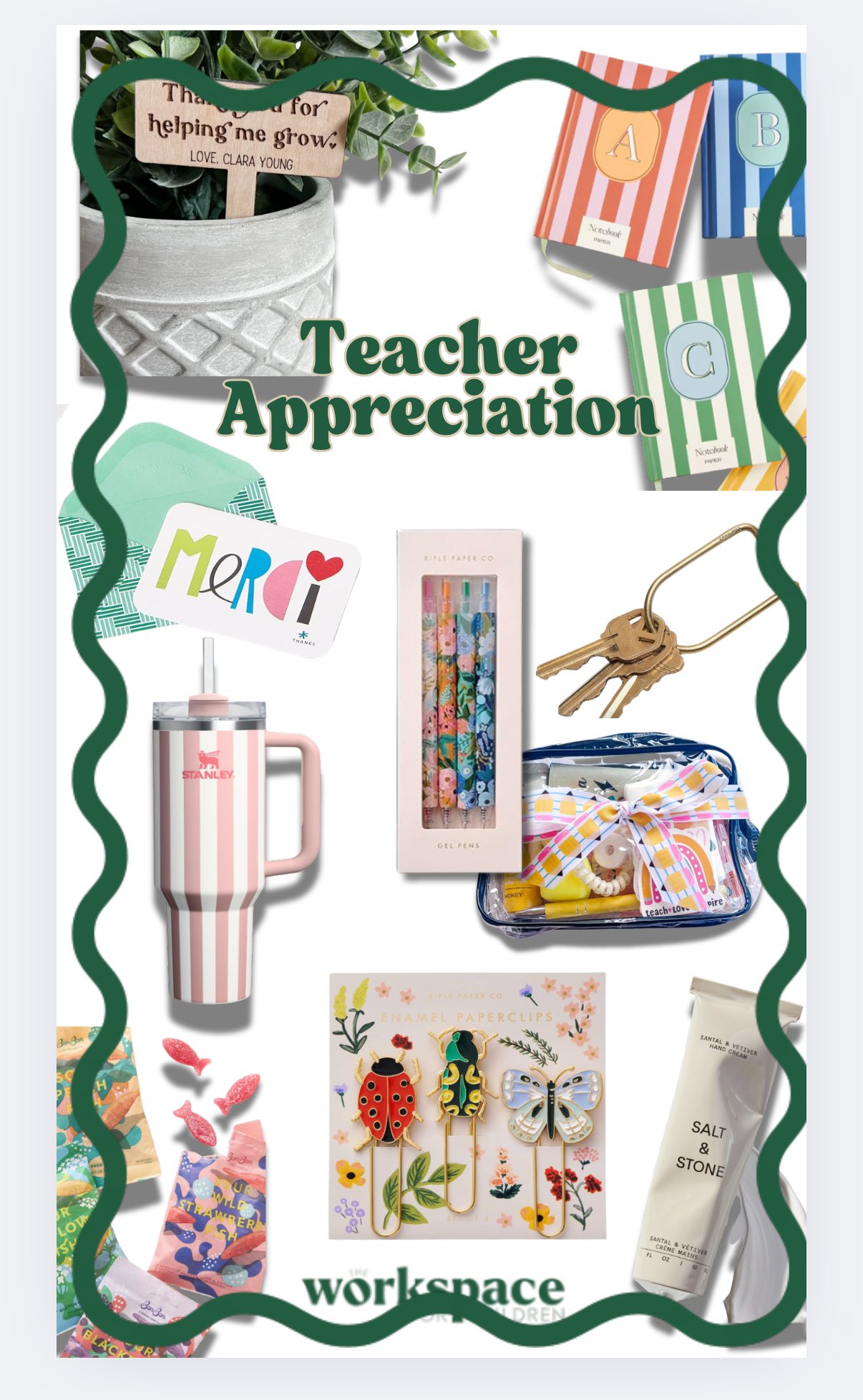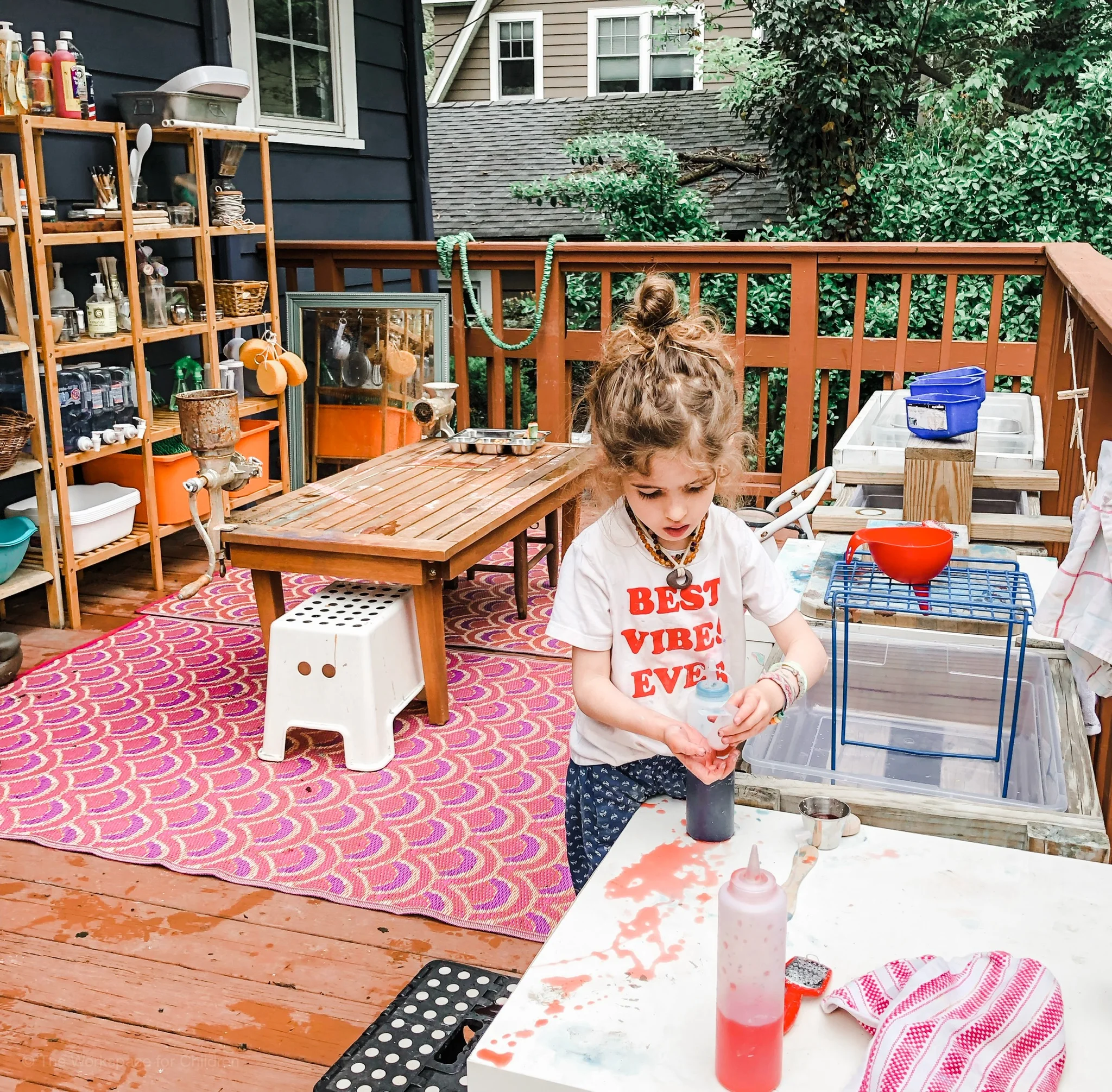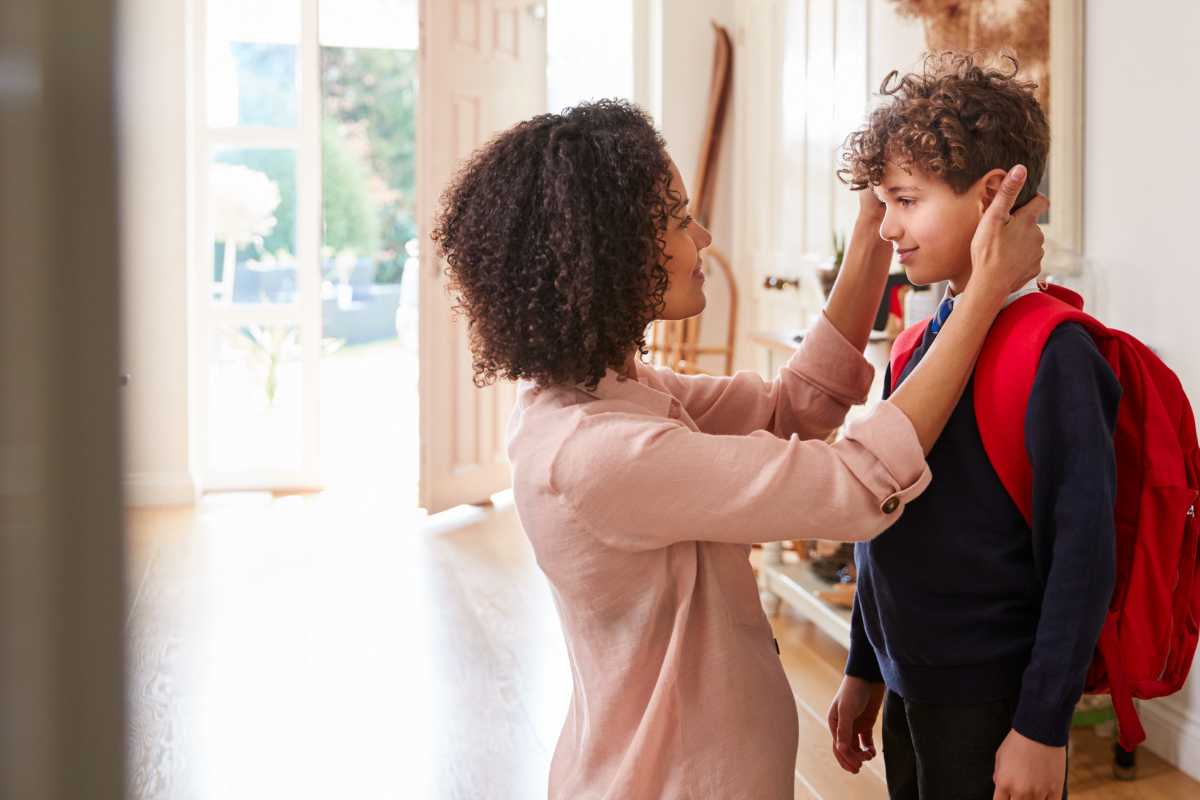How To Learn More About Your Child’s Day at School
/HOW TO LEARN MORE ABOUT YOUR CHILD’S DAY AT SCHOOL:
What did you do at school today? Nothing.
I bet you’ve heard that one before! It can be maddening to wonder what our little ones are doing off in their own world, and when they finally arrive home, they tell us NOTHING! I remember when my oldest, now seventeen(!), started nursery school and would barely answer me from the back seat of the car on our way home. I would badger him with questions throughout lunch, and still, nothing. It was really hard.
He was tired! Most children like to talk on their own terms. So do yourself a favor and wait until they've had a snack and relaxed a bit before bombarding them with questions about their day. Even better, wait for them to start to talk about the day before you even ask. Be patient. (Patience is not my strong suit, so I know how hard this is.)
Here are some tips to get the conversation flowing:
Conversation Prompts:
Here are some simple prompts for supporting your child in communicating with you about their day. Obviously, switch this up according to their age and developmental level.
Pro Tip: Start bedtime extra early and then let them “stall bedtime” by telling you about their day. It works every time….
What color was the paint today? Did you choose to mix the colors together, or did you keep them separate?
Who sat next to you on the rug today. Did you talk to them? Can your remember her name? I wonder who you will sit with tomorrow?
At playtime, did you choose to play right away or did you watch the other children for a while first? I wonder if you climbed or colored with chalk?
Did the teacher have the children line up at all? Who were you next to?
Did you work with blocks? Was the water table open or closed? I wonder what the choices will be for tomorrow?
Child-led Conversation Tips:
When you are speaking to your child and you want to gather more information, try not to be too leading. Reflect their words back at them and then wait. It goes a bit like this:
CONVERSATION ONE-
Mom: Sylvan, I wonder what color paint your teacher put out today.
Sylvan: Red.
Mom: Red. The paint was red. (Pause and wait…and wait. Do not fill the silence, instead let them ponder.)
Sylvan: Yeah, it was red and Daniel spilled some and he cried when it got on his sneakers!
Mom: He cried when it spilled on his sneakers?
Sylvan: Yes! He was crying and crying but then the teacher came and she showed everyone what to do if they spill the paint.
Mom: She showed everyone what to do?
Sylvan: Yes!! You get a rag from the bucket….etc.
CONVERSATION TWO:
Mom: Sylvan, what color was the paint today?
Sylvan: Red
Mom: Red! What did you paint?
Sylvan: A balloon.
Mom: What else did you do?
Sylvan: Nothing.
Mom: Nothing? That’s not true. You had to have done something…
Sylvan: Nope.
Let’s Reflect:
Do you see the difference between these two conversations? The first conversation is open ended and allows the child to think and collect thoughts about what she feels was important in her day. In the second conversation, the mom leads the conversation and the questions only have one finite answer. There is little opportunity for the child to share the finer details about the day.
Have you tried speaking to your child using this reflective technique? It feels strange at first, but when you see how much more your child communicates with you, you will be astounded!
This kind of reflective speaking is invaluable when communicating with children. As adults, we assume a lot and do not leave a whole lot of room for our children to describe their own version of their day to us. We can find out so much more about what our children value by reflecting their own words and facial cues back at them when they are speaking to us.
Do yourself a favor today and try this reflective form of communicating with your child. You can’t even imagine how much the conversation will open up! -Lizzie
Do you want more support with back-to-school? Check out A Parent’s Handbook For Starting School
Discover your child's play personality
and unlock the door to independent play.
Read More
Check out our E-books
A PARENT’S HANDBOOK FOR STARTING PRESCHOOL
Starting school is a huge milestone. It can bring up so many feelings for both child and parent. I have been on “all sides” of starting school. I taught preschool for many years, I have a Masters in education, and I’m a mom of three children who all approached starting school differently. I’ve been working with children and families for a very long time and one thing I know for sure is that starting school for the first time brings up a lot of feelings for everyone involved. Inside this ebook, I am going to walk you through all of the tips and strategies that I have used throughout the years. You don’t have to wing it. After A Parent’s Handbook for Starting School, you and your child are going to feel as prepared and confident as possible for starting school.













